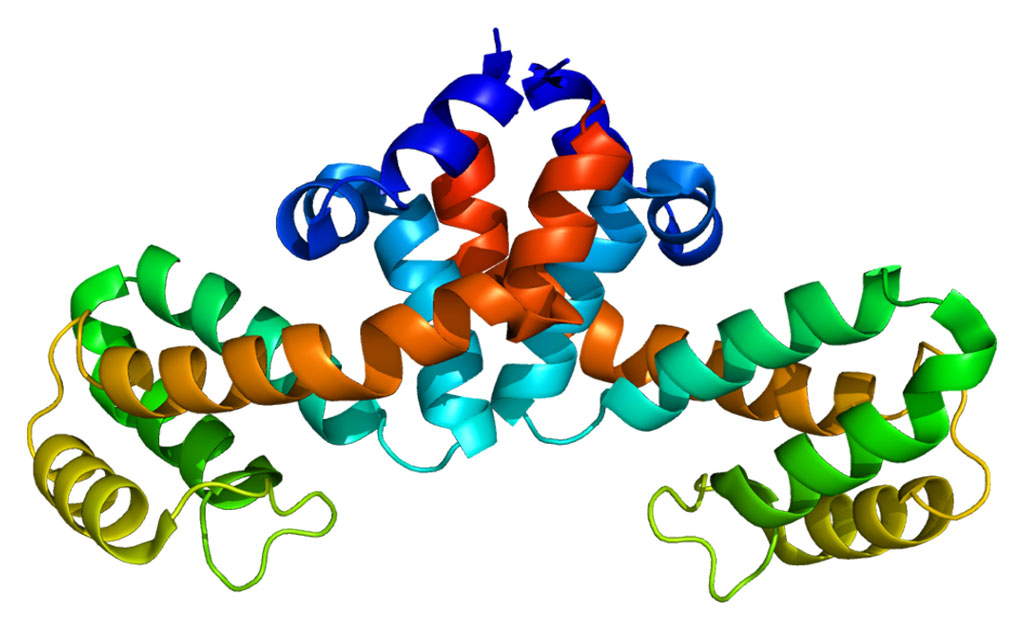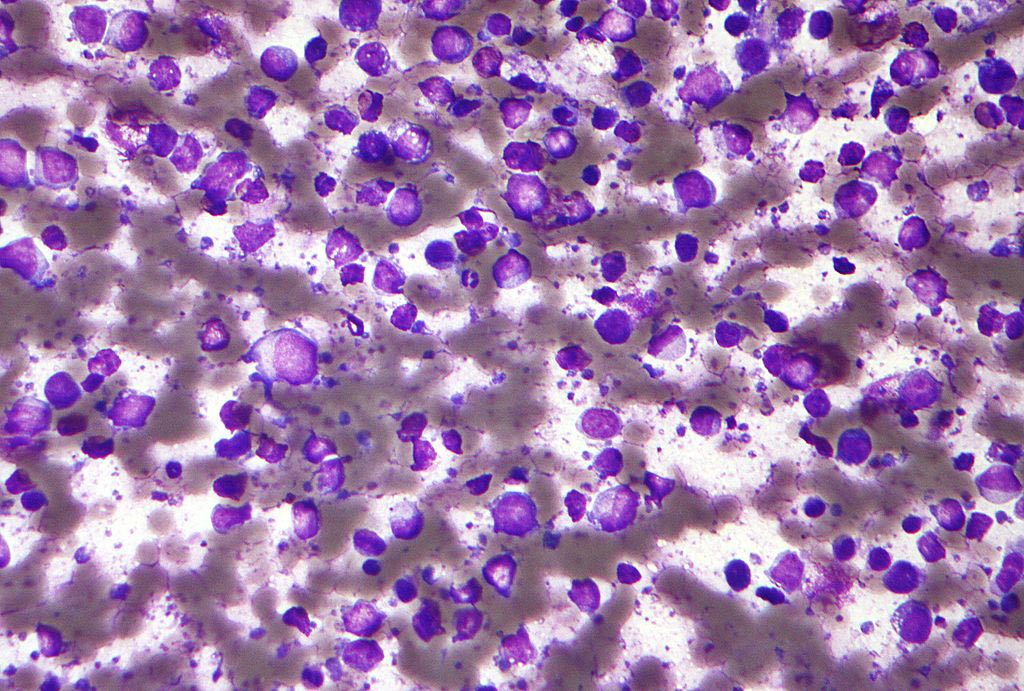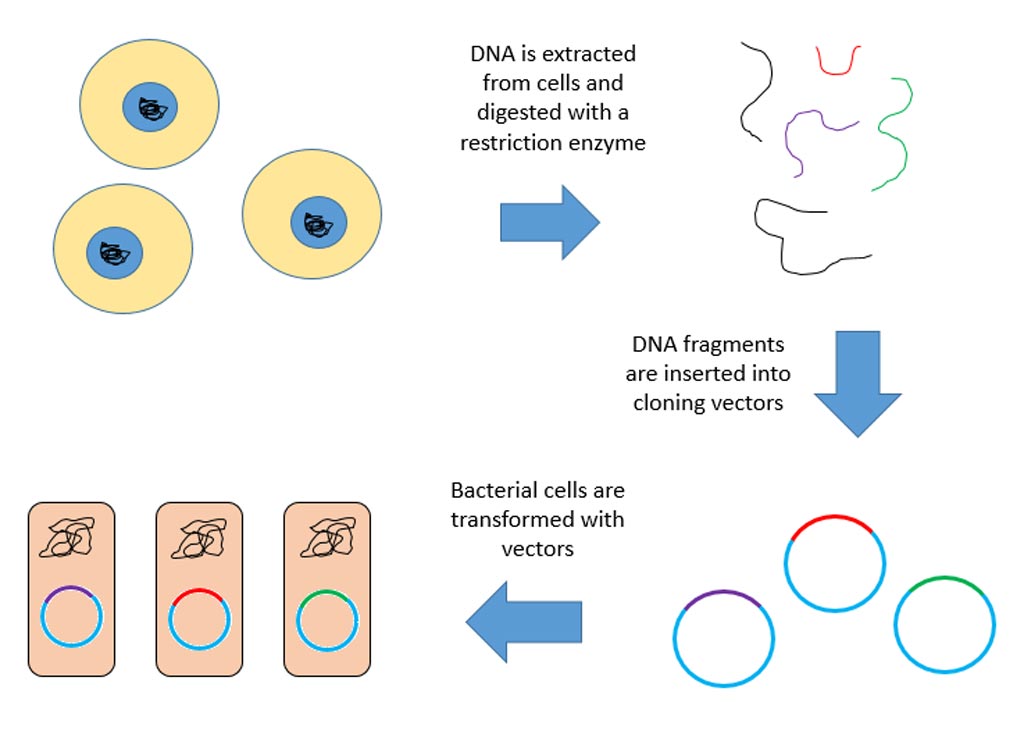Radioactive Microspheres for Treatment of Inoperable Liver Cancer
By Biotechdaily staff writers
Posted on 02 Mar 2005
A new study found that patients undergoing treatment for liver cancer with radioactive microspheres containing yttrium-90 can tolerate a 150 Gy single dose or 268 Gy repeated dose without risk of radiation-induced liver disease.Posted on 02 Mar 2005
The study assessed the pretreatment factors and radiation dose levels that affected toxicity that could be used to determine which patients can benefit from the microspheres, called Theraspheres, developed by Theragenics (Atlanta, GA, USA). Because many liver cancer patients have compromised liver function caused by underlying cirrhosis and/or the tumors themselves, they are at increased risk for liver toxicity from any treatment.
Even though surgical excision of the tumors provides the best hope for a cure, it is not possible for more than three-fourths of primary liver cancer patients and 90% of patients with secondary liver. For these patients, this new nonsurgical approach gives them an option that can offer them more time. "Because systemic therapy has the potential to induce toxic effects without an associated benefit, reliance on the use of local and regional treatments like radio-embolization is expanding in the Unites States,” said study author Riad Salem, M.D., an interventional radiologist from Northwestern University (Evanston, IL, USA; www.www.northwestern.edu).
Radio-embolization incorporates the radioactive isotope yttrium-90 into the embolic spheres to deliver radiation directly to the tumor. Each sphere is around the size of five red blood cells in diameter. An interventional radiologist injects these spheres through a catheter from the femoral artery into the groin to the liver artery supplying the tumor. The spheres become wedged within the tumor vessels, where they emit their local radiation, causing cell death to the immediate area. This method allows for a higher, local dose of radiation without putting healthy tissue at risk of radiation.
This new study demonstrated that the toxicity risk from the treatment seemed to be linked to the patient's total bilirubin level before treatment and the mean liver radiation dose. Because bilirubin levels are used as indicators of liver function and can predict a possible predisposition for liver toxicity, they can help interventional radiologists choose suitable patients for this treatment.
Liver toxicity occurred in 42% of the patients in the study; however, most of the toxicities resolved after treatment, and those that did not were attributed to advanced cirrhosis or tumor progression. Radiation-induced liver disease was not observed in the patients, and no patient died of liver failure attributed to treatment. The study was published in the February 2005 issue of the Journal of Vascular and Interventional Radiology.
Related Links:
Theragenics
Northwestern University














